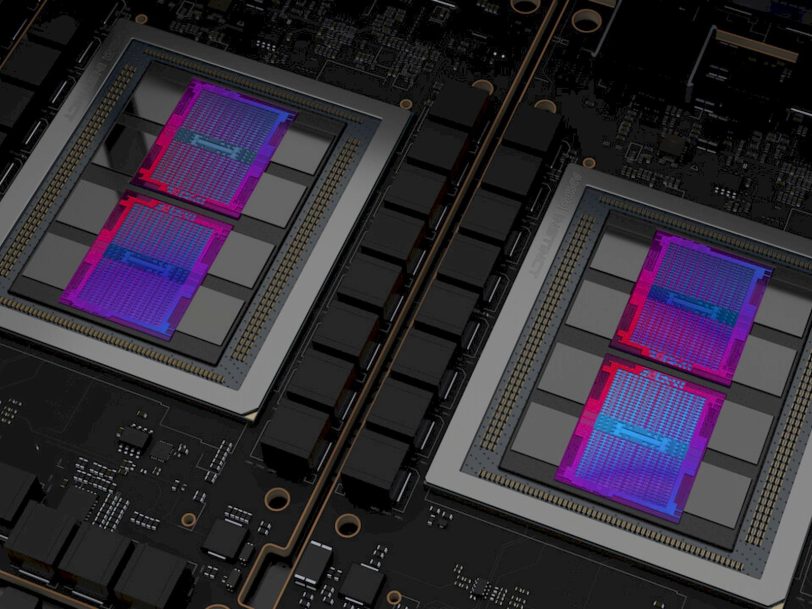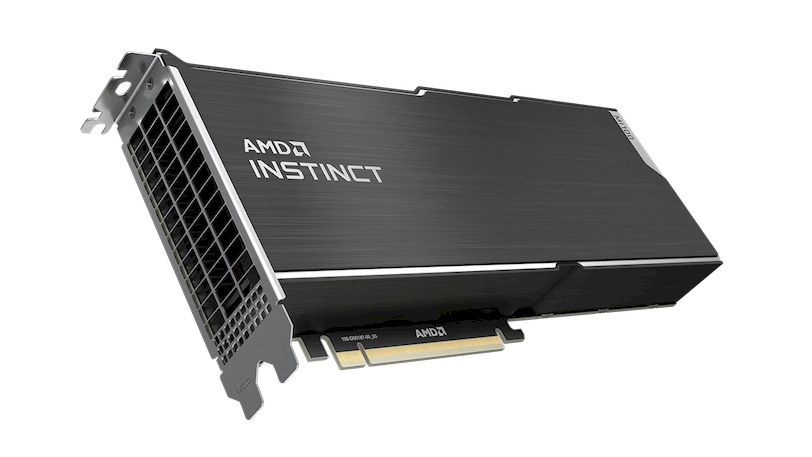What is AMD Instinct?

AMD Instinct is a line of professional GPUs that AMD introduced in 2016. It is AMD’s brand of professional GPUs and the successor to FirePro (2016). Compared to the mainstream consumer/gamer Radeon brand, the Instinct line powers deep learning, artificial neural networks, and high-performance computing/GPUGPU applications.
It competes directly with NVIDIA’s Ada or Ampere cards, Xeon Phi, and the upcoming Intel Xe line of machine learning and GPUGPUs. AMD dropped the Radeon brand from its name prior to the release of MI100 in November 2020. The Instinct family was renamed AMD Radeon Instinct before being rebranded as AMD Radeon Instinct.
What is GPGPU?
GPGPU stands for General-purpose GPU (general-purpose computing on graphics processors), and is a term used to describe special hardware designed with computer games in mind. These graphics processors are usually faster than your typical processor, which means they can be used to render game graphics at a much higher speed and quality.
GPGPUs are becoming more common for their ability to deliver high performance. They are also popular because they allow you to do things that would otherwise be impossible with more conventional processors. For example, GPGPUs can be used to perform some heavy real-time computations – such as ray tracing – that would require too much processor power if used normally.
That being said, not all GPGPUs are created equal. There are three different types of GPGPU: general-purpose, parallel-processing, and special-purpose accelerators (or SoCs). Let’s explore each of them so you know what you’re going to get when you buy one.

Usage purpose
A general-purpose GPU is a type of GPGPU designed to perform a wide variety of general-purpose, graphical tasks, from rendering 3D images to running neural networks. The type of GPGPU you have will depend on the specific uses you put your GPU to.
For example, if you have a gaming PC that is purely for entertainment, a general purpose GPU will suffice. However, if you also need it for professional applications like video editing or machine learning, you’ll need a more specialized type of GPU. Another thing to keep in mind is that general purpose GPUs can look very different depending on their manufacturer.
This is because they are designed to maximize the flexibility of your architecture. For example, an Nvidia GPU may be better suited for machine learning than an AMD GPU. And again, it all depends on what you’re trying to do with your GPU.

Parallel processing GPUs are specifically designed for machine learning tasks. This means that they are designed to handle complex math as quickly as possible without generating too much heat. As a result, they are also very quiet. This type of GPU is mostly found in deep learning cluster computers. It should be noted that not all general purpose GPUs can be used for machine learning.
A special purpose accelerator is a type of GPGPU designed to tackle a specific task. These devices are designed by a single company and therefore do not have the flexibility of general purpose GPUs. Instead, they have a streamlined architecture that makes it easier for them to accomplish a task. For example, an Nvidia SoC may be better suited for running neural networks or AI acceleration.
Now you know more about the AMD Instinct series graphics card and about accelerators and GPGPUs used in the HPC realm.